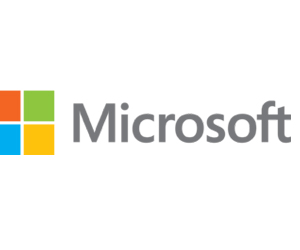The Cloud Provides a Unified View of Data in Healthcare
Healthcare is especially susceptible to clinical data aggregation challenges. A large hospital likely has multiple electronic health record (EHR) systems in place, along with multiple applications for storing lab results, imaging scans and prescriptions. The same is true when it comes to clinical systems that process data from bedside remote monitoring devices made by different manufacturers.
Pertinent information about a patient in the intensive care unit is likely located in dozens of disparate clinical systems. Running a query across these data sources, extracting the data, and making it usable for research and analysis — let alone for decision-making at the point of care — can take several days of largely manual work.
Last year, Microsoft launched Azure Health Data Services as a platform that provides a unified view of data from diverse sources. This makes it possible to return query results in minutes, and to use unified data sets across a range of clinical and operational applications.
“When you look at the proliferation of devices and applications and the data that comes back from them, it absolutely makes sense to have a platform that can consume and standardize all of that,” says Gabriel Adler, manager of digital experience for CDW.
Critically, this includes unstructured notes, which have long been a source of consternation among clinicians, who spend two hours completing notes for every one hour spent providing patient care. Using the natural language processing technology from Nuance, which Microsoft acquired last year, physicians can dictate notes that are automatically converted to standardized documentation. This reduces the time spent on administrative tasks while creating machine-readable notes.
READ MORE: Children’s hospitals find space to grow through the cloud.
Enabling a Higher Level of Care Through the Cloud
Data standardization is a key aspect of the Microsoft Cloud for Healthcare strategy. Azure Health Data Services offers numerous application programming interfaces that transform or map various data types to FHIR; these include EHR data, Digital Imaging and Communications in Medicine imaging data, wearable device data and data from various unstructured sources.
From there, data can be used across an organization. Of course, the data is optimized for applications within the Microsoft Cloud for Healthcare ecosystem, whether it’s data and analytics tools such as Azure Synapse Analytics and Microsoft Power BI or engagement tools such as Microsoft Teams and Microsoft Dynamics 365. By using the FHIR standard, any clinical application developed to accept data mapped to FHIR can ingest data from Azure Health Data Services.
“What’s exciting is the artificial intelligence element of this, the speed with which these applications can crunch this information can transform patient care,” Ketterman says.
In an outpatient setting, applying advanced analytics to patients’ charts can help physicians make accurate diagnoses quickly. In addition, integrating clinical applications with Microsoft Teams lets organizations provide patient registration, video visits and other services in a single, familiar interface.
“Patients want to go places where the process feels seamless,” Ketterman says.
Within the hospital, meanwhile, Microsoft Cloud for Healthcare gives clinical teams one place to go for the patient information they need.
“It’s a faster path to changing the outcome and enabling a doctor or nurse to make the decision,” Adler says. “That’s important, because time to decision is also the differentiator between life and death.”
Brought to you by:













